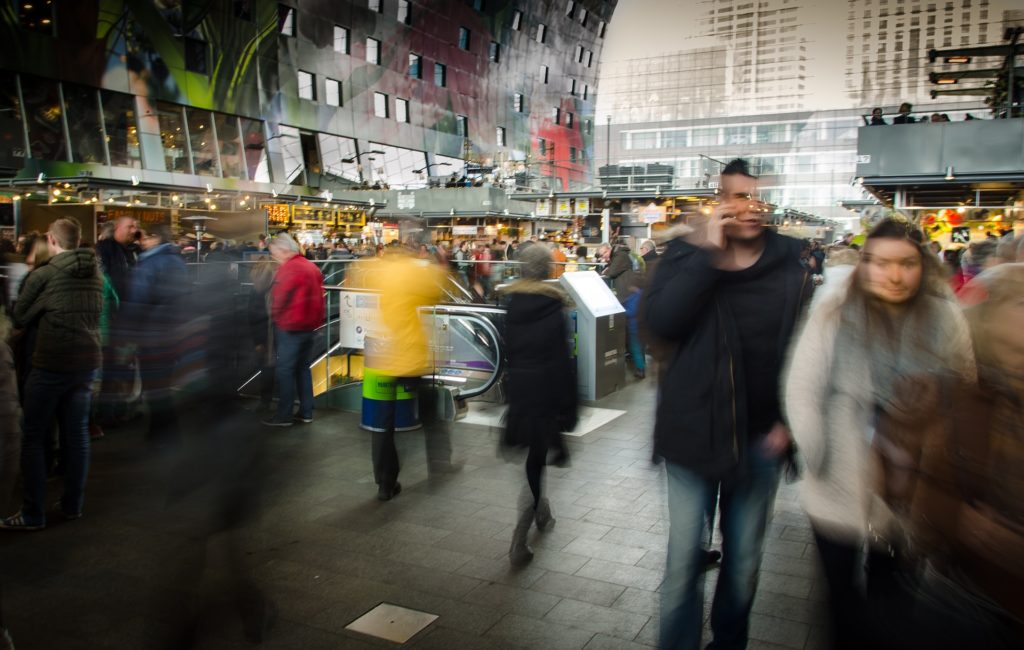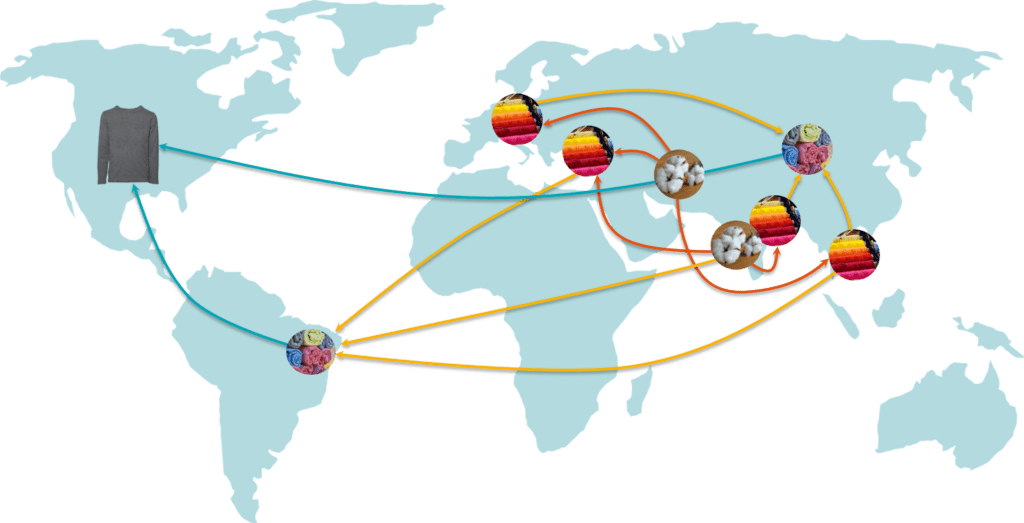
As with any major trend, it is important to carefully evaluate whether it is truly right for you and your business. Today’s businesses need to know where their products are coming from and who they are working with. But rather than assuming blockchain will answer these questions, businesses should work in reverse: first, find an effective solution to achieve supply chain transparency, then see how blockchain can be implemented for greater value.

















